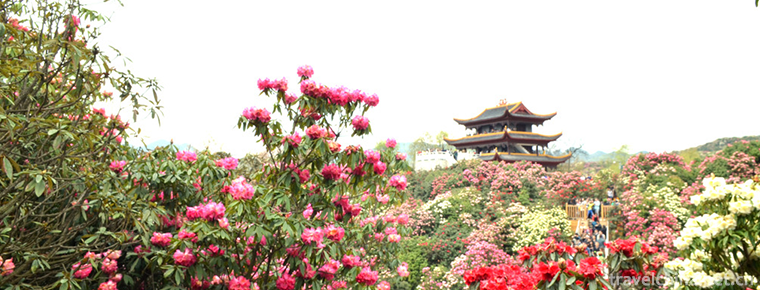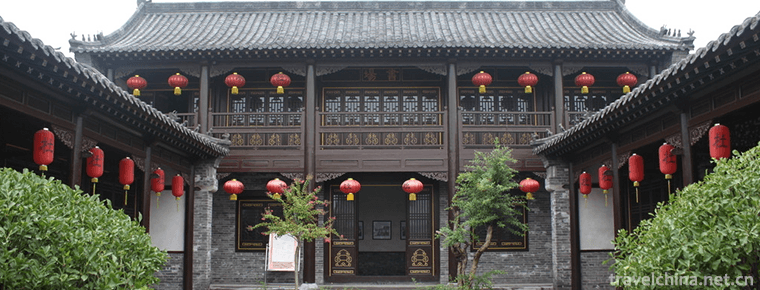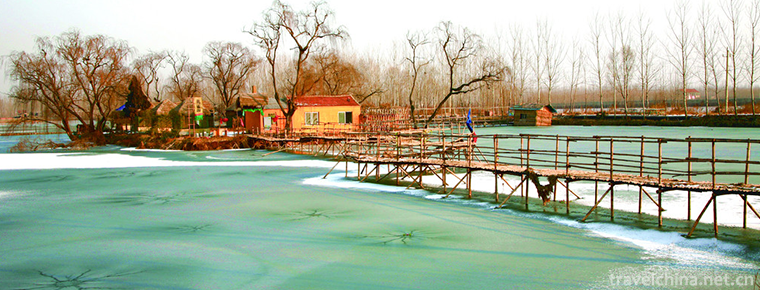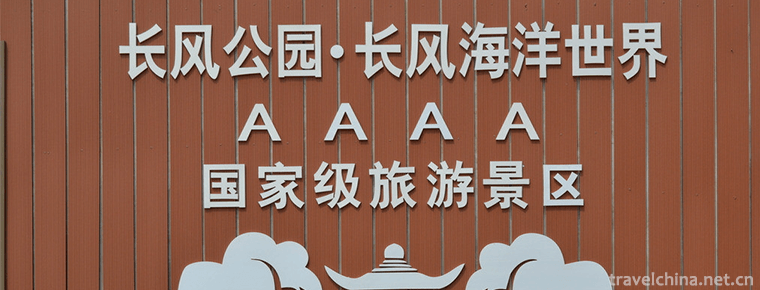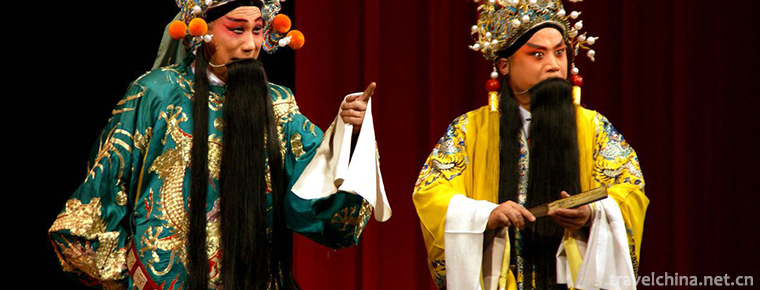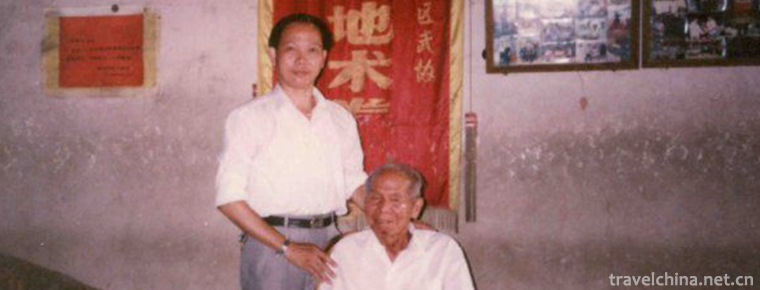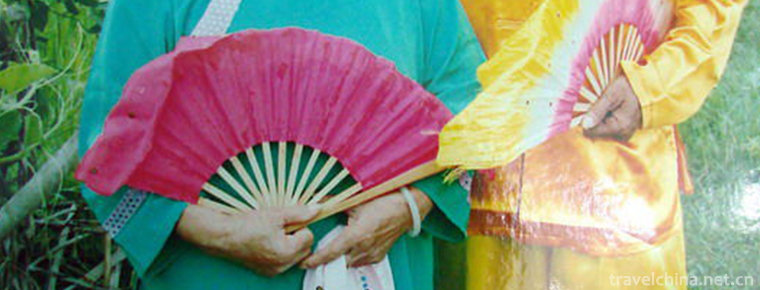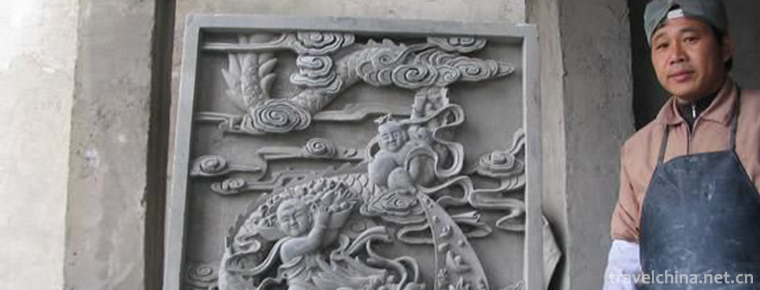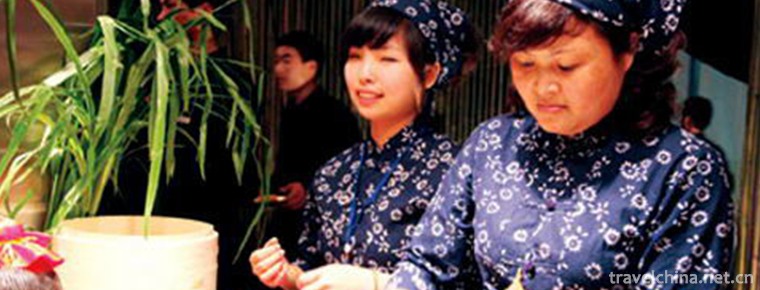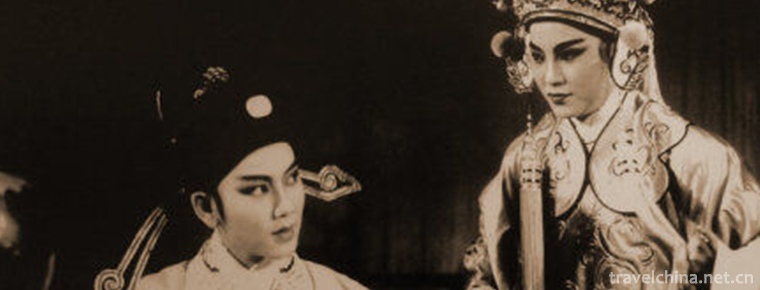The Ming Toms
The Ming Toms
The Obvious Tomb is located on Chunde Mountain, 5 kilometers northeast of Zhongxiang City, Hubei Province. It was built in 1519 in Zhengde, Ming Dynasty. It was built in 1566 in Jiajing, Ming Dynasty. It lasted 47 years. It is the tomb of Emperor Gongrui, father of Emperor Jiajing of Ming Dynasty, dedicated to Emperor Zhu Youchang and his mother, Cixiao.
Obviously, the mausoleum is the only Mausoleum of the Ming Dynasty in the six provinces of central and southern China. It covers an area of 183.13 hectares, and is the largest single mausoleum in the mausoleum of the Ming Dynasty. Its unique layout and architectural techniques play a connecting role in the regular system of the mausoleum of the Ming Dynasty, especially the mausoleum structure of "one mausoleum and two tombs" is unique among the mausoleums of the emperors of all previous dynasties.
In January 1988, the Obvious Mausoleum was listed as a national key cultural relic protection unit by the State Council. On November 30, 2000, it was approved by UNESCO to be included in the World Heritage List as part of the "Royal Mausoleum of the Ming and Qing Dynasties". In April 2008, Xianling was approved by the National Tourism Administration as a national AAAA-level tourist attraction.
Historical evolution
In the fourteenth year of Ming Zhengde (1519), on June 17, the fourth son of Zhu Jianshen of Ming Xianzong died. Zhu Houjuan, the emperor of Wuzong in Ming Dynasty, gave him a gift as "dedication". He chose an auspicious place in Songlin Mountain and ordered a cemetery according to the prince. He was buried on the third day of April in the following year. In March of 1521, in Zhengde 16 years, Zhu Houyu was ushered into Beijing as a successor to the Great Communist Emperor of Ming Dynasty. After Zhu Houyu became the emperor, he established an independent system of heirs and pursued Zhu Youchao, his biological father, as emperor regardless of the opposition of his courtiers. In June of the same year, Zhu Youchao was respected as "Emperor Xingxian".
In March of the third year of Jiajing in the Ming Dynasty (1524), the emperor was honored as "dedicated emperor". In July, the emperor God was honored as "Emperor Kaogong Mu dedicated emperor" in Guande Hall, the eastern chamber of Fengxian Hall.
In September of the fifth year (1526) of Jiajing in the Ming Dynasty, Emperor Gongmu was dedicated to the world temple; in September of the seventeenth year (1538) of Jiajing, the temple was named Ruizhong; in the twenty-seventh year (1548) of Jiajing, Emperor Gongmu was dedicated to the Tai Temple. After Zhu Youbo was honored as the emperor, the original Xingxian tomb was upgraded and rebuilt according to the regulations of the emperor's mausoleum.
In April of the second year of Jiajing in Ming Dynasty (1523), the original black tiles of Xingxian Wang Tomb were replaced by yellow glazed tiles, and Shenlu Bridge was built.
In March of the third year of Jiajing in the Ming Dynasty (1524), the tomb was officially renamed Xianling.
In the first month of the next four years (1525) of Jiajing in Ming Dynasty, Zuo Shilang and Gu Lin of the Ministry of Industry were appointed to supervise the construction of a new Xuangong according to Zhu Houyu's "schema" and to connect the old and new Baocheng with a tall masonry platform called Yaotai, thus forming a special pattern unprecedented in the Imperial mausoleums of Ming Dynasty.
In December of the sixth year of Jiajing (1527), Zhu Houyu "ordered the restoration of Xianling Mausoleum as the seven mausoleums of Tianshou Mountain". He renovated Baocheng and Baoding and rebuilt the Hall of Enjoyment. He added Fangcheng Ming Tower, Ruigong Shengde Stele Building and Dahongmen, and built observation pillars and 12 pairs of stone statues on both sides of Shenlu in front of Longfeng Gate, and began large-scale reconstruction.
In February of the 10th year of Jiajing in Ming Dynasty (1531), Zhu Houyu sealed Songlin Mountain as "Chunde Mountain" and built a stele and pavilion. In December of the seventeenth year of Jiajing (1538), Zhu Houyu's biological mother, the Empress Dowager, died of illness. Zhu Houyu went to Tianshou Mountain in Changping, Beijing, to divine Jiyang under Dayu Mountain, southwest of Changling, to move Xianling northward. He ordered Wuding Hou Guoxun and Shangshu Jiangyao of the Ministry of Industry to build a new mausoleum and "to welcome the Emperor Kaozi Palace to move here".
In March of the eighteenth year of Jiajing in Ming Dynasty (1539), Zhu Houyu returned to Beijing after his patrol to the south, inspected Dayu Mountain's mausoleum in April, and compared it with the Fengshui situation of Xianling Mausoleum, determined that "the Valley is empty and miserable, is not as perfect as Chunde Mountain"; decided to use the previous proposal, "Drive the Nanji with mercy". In May of the same year, Hou Cuiyuan of Jingshan, a sect of the Shizong, escorted his mother's coffin Nanjiao, and was buried with Zhu Youlong in the Xinxuan Palace of Xianling in July.
In the 21 years of Jiajing in Ming Dynasty (1542), Zuo Wei in Jingzhou was replaced by Xianling Wei, which was filled by more than 1200 people such as Li Maongcai of the Zhengjun. In September, Huang Jin, the eunuch of the Imperial Palace, was ordered to repair the Emperor Yu'en Hall of the Xianling Tomb, and to work with Lu Jiedi, the right attendant of Huguang, the governor.
In April of the thirty-third year (1554) of Jiajing in Ming Dynasty, he also ordered to rebuild the Enjoyment Hall, namely the "Rujingling System" of the Yu En Hall, to be supervised by Lu Xun, the right waiter of the Ministry of Industry and the right governor of the Capital Inspection.
In July of the thirty-fifth year of Jiajing in Ming Dynasty (1556), imperial edicts were made to repair the left corner gate of Erhongmen in Xianling, the freeway, the imperial bridge and the wall.
In September of the 38th year of Jiajing in Ming Dynasty (1559), the expansion project of Xianling was finally completed.
In September of the forty-fifth year (1566) of Jiajing in the Ming Dynasty, Zhang Shouzhi, the left attendant of the Ministry of Labor, was sent to rebuild the Yu En Temple, and the construction of the Xianling Tomb was finally completed.
At the end of the Ming Dynasty, the Xianling Tomb was destroyed. It is said that it was recorded in Guoqu that Li Zicheng went to Chengtian in December of 1642. Mausoleum and Hall of Enjoyment were attacked, and the wooden structures of the ground buildings were partially destroyed.
In the Qing Dynasty, with the intervention of local officials, Xianling was protected to a certain extent. The existing stone tablets in Xianling during the period of Xianfeng recorded the announcements of local officials demanding the protection of Xianling in the countryside.
During the period of the Republic of China, the mausoleum area of Xianling was barren and turned into arable land. The nearby mountain people listened to the rumor that the stone statues were resurrected to eat crops at night and destroyed some of them.
During the Anti-Japanese War, Japanese invaders invaded Zhongxiang and stole some stone-carved cultural relics from Xianling.
geographical environment
Location context
The Obvious Mausoleum is located in Chunde Mountain, 5 kilometers northeast of Zhongxiang City, Hubei Province. It is located between 31 ~12'20 -31 13'00 in the north latitude and 112 37'50 -112 38 in the East longitude. The mausoleum covers an area of 183.13 hectares, and the whole mausoleum is feudal with two cities. The circumference of Wailuo City is more than 3600 meters, winding up and down in the mountains.
Climatic characteristics
Zhongxiang City, where the Mausoleum is located, belongs to the north subtropical monsoon climate zone. It has the characteristics of distinct seasons, heat and rain sharing, abundant sunshine, abundant rainfall, long frost-free period and mild climate. It is located in the East-West climate transition zone of Hubei Province (112 degrees east longitude), near the North-South climate transition zone (31 degrees north latitude), alternating cold and warm in spring, slow temperature rise in early spring and late retreat in spring. In autumn, there are autumn drought and rainy season, sometimes autumn cold comes earlier; in winter, there are fewer rain and snow, and the cold season is short. There are many disastrous weather such as drought, waterlogging, tornado all the year round.
Tourism information
Ticket Price
Adult ticket: 70 yuan. Active servicemen, disabled persons, children under 1.2 meters and elderly people over 70 years of age are exempted from tickets; elderly people over 60 years of age and under 70 years of age, primary and secondary school students are half-votes.
traffic
No. 6 Bus Line in Zhongxiang City, Hubei Province is directly accessible. From the long distance bus station, you can walk to Chengtian East Road. There are high-speed buses running directly to Zhongxiang at all long-distance bus stations in Wuhan. The fare is about 50-60 yuan per person. The driving time is 3.5-4 hours. You can transfer from Zhongxiang to Xianling by bus.
Xiangyang Jingzhou Expressway (Erguang Expressway) is about 40 minutes from Xiangyang to Chen'an toll station and 45 minutes from Jingzhou to Zhongxiang exit.
The Wuhan-Jingmen Expressway (Hurong Expressway) takes about one and a half hours to start from Wuhan and about 18 kilometers to the scenic spot through Zhongxiang Toll Station.
Chang-Jing Railway, Zhongxiang Railway Station is about 6 kilometers away from the obvious Mausoleum scenic spot. From the railway station, take Bus No. 2 to the local tax bureau first, and then transfer to Bus No. 6. The station has opened passenger trains in Beijing, Shanghai, Guangzhou, Wuhan, Hangzhou, Chongqing, Chengdu, Yichang, Jingmen and Xiangyang.
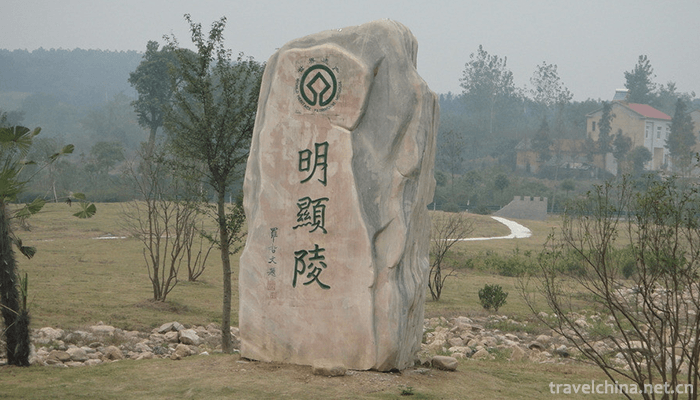
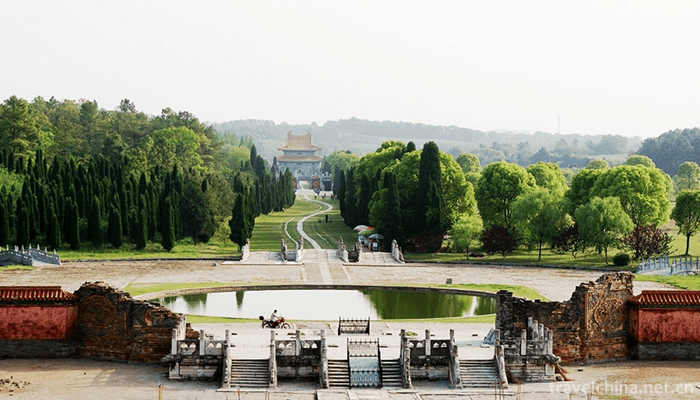
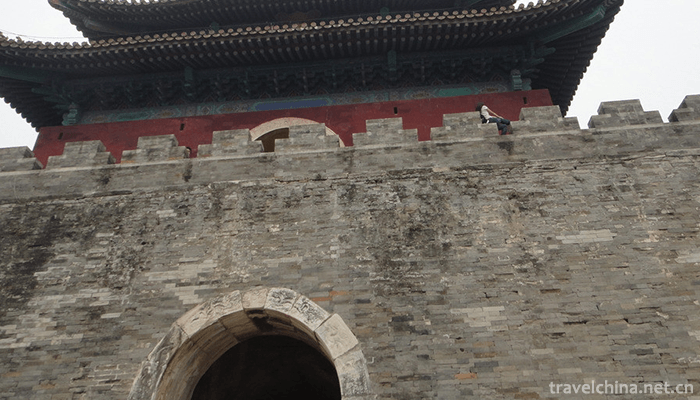
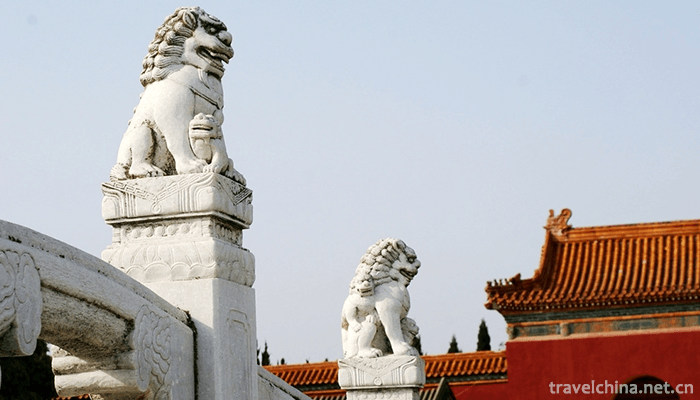
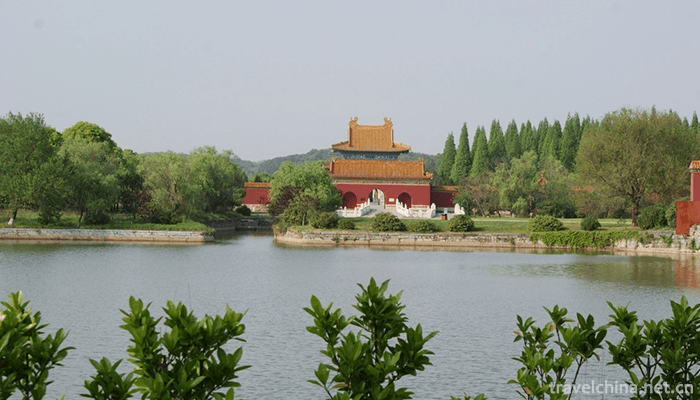
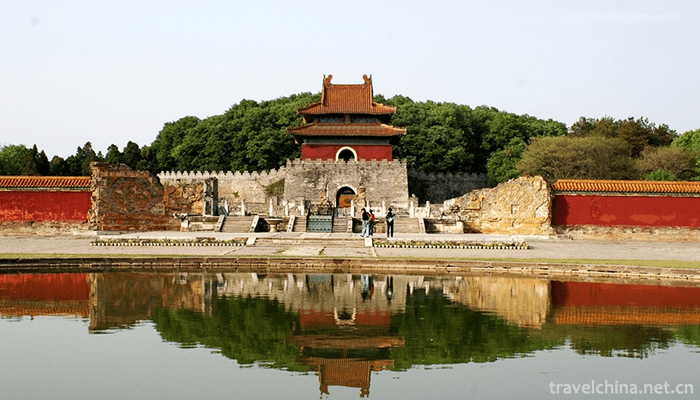
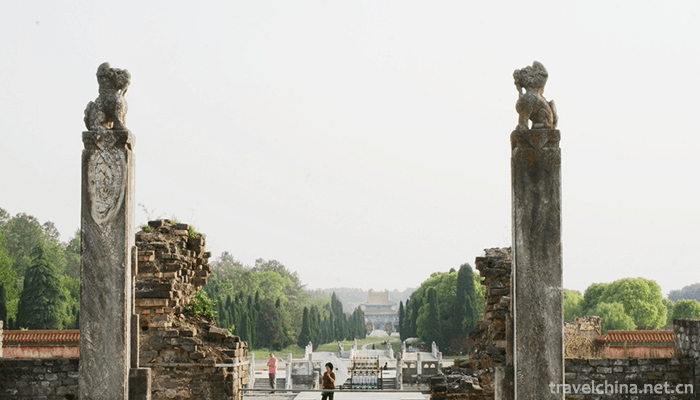
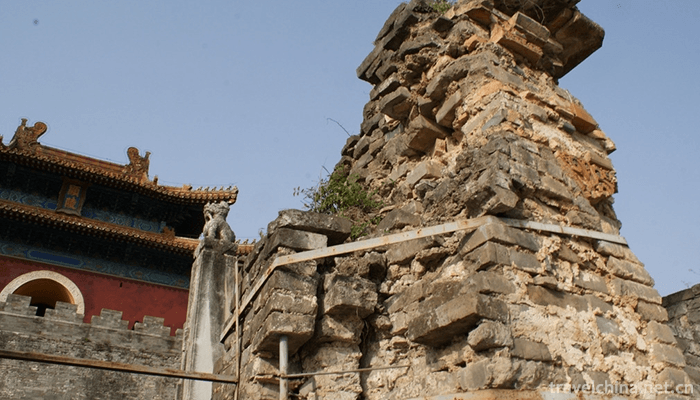
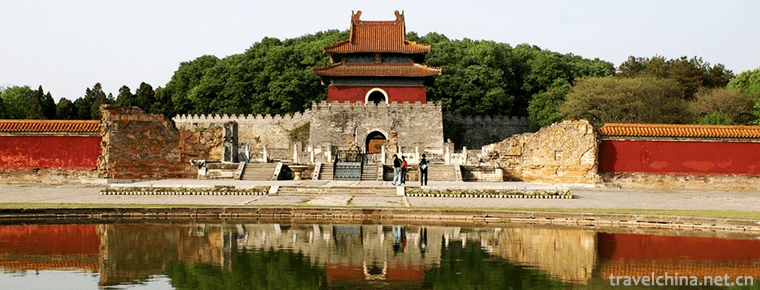
The Ming Toms
-
Baili Rhododendron Scenic Area in Bijie City
Bijie Baili Rhododendron Scenic Area is located in the northwest of Guizhou Province and the central part of Bijie City. It belongs to the Baili Rhododendron Management Area of Bijie City.
Views: 240 Time 2018-12-12 -
Du Shoutians former residence
Du Shitian's former residence is the old residence of Du Shitian, the emperor's teacher of the Qing Dynasty, as well as the old residence of many famous officials of the Du family. Located in Binzhou
Views: 155 Time 2019-01-08 -
Jining Beihu Tourist Resort
Jining is the world-famous town of Confucius and Mencius and the capital of the canal. Located 6 kilometers south of Jining City, Shandong Province, Beihu Lake is a new tourist attraction in Shandong
Views: 223 Time 2019-01-21 -
Shanghai Changfeng Ocean World
Shanghai Changfeng Ocean World belongs to the world's largest aquarium chain brand of Merlin Entertainment Group, which is the first and second largest in Europe
Views: 237 Time 2019-03-17 -
North Road Bangzi
Bangzi, also known as Shanglu Opera, is a local traditional drama in Datong, Shuozhou, Xinzhou and parts of Inner Mongolia and Hebei in northern Shanxi Province. It is one of the national intangible c
Views: 166 Time 2019-04-04 -
Di Shu boxing
Gejiquan is one of the rare traditional types of boxing in southern China, also known as "Gejiu Dog Method", "Dilong Quan" or "Dili Quan". It is commonly known as "D
Views: 437 Time 2019-04-26 -
Leizhou song
According to the records in historical books, Leizhou songs were prevalent as early as the Song Dynasty. After the 1990s, people divided Leizhou dialect into different rhymes to express different cont
Views: 95 Time 2019-05-11 -
Production Techniques of Gold Bricks in Suzhou Royal Kiln
Royal kiln bricks production technology is complex, up to 20 processes, including the main processes of mud selection, mud drilling, billet making, kiln loading, firing, bass water, kiln out, grinding
Views: 179 Time 2019-06-17 -
Production Techniques of Wufangzhai Zongzi
The traditional production techniques of Wufangzhai zongzi are mainly divided into 36 processes, such as material selection, rice dipping, leaf boiling, stuffing, shelling, wrapping, thread binding an
Views: 233 Time 2019-06-29 -
Shaoxing opera
Vietnam Opera is the second largest opera in China, known as the second national opera, also known as the "most widely circulated local opera". Some people think that it is the "largest
Views: 146 Time 2019-07-16 -
Yibin white tower
Baita (also known as Dongyan pagoda) is located in Baita Mountain Scenic Area of Yibin Lingang Economic and Technological Development Zone. It was built in 1569, the third year of emperor muzong's reign in the Ming Dynasty.
Views: 120 Time 2020-10-16 -
Schools of Chinese embroidery
Suzhou embroidery has a history of more than 2600 years. It has a considerable scale in the Song Dynasty. In Suzhou, there are xiuyifang, xiuhuanong, gunxiufang and xiuxianxiang. Suzhou embroidery in Ming Dynasty has gradually formed its own unique
Views: 317 Time 2020-12-12
